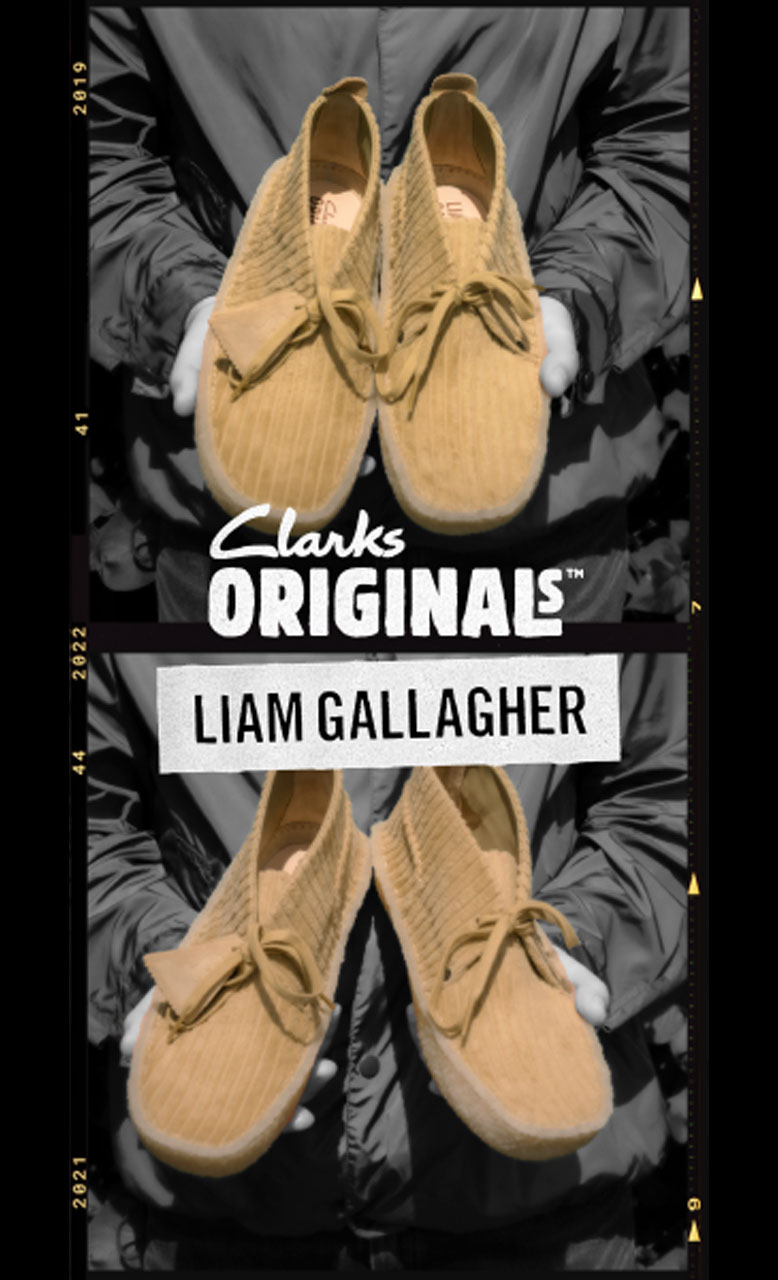The Illustrious History of John Smedley Knitwear

John Smedley: The World’s Finest Knitwear.
We have been stocking John Smedley Knitwear for many years, in fact 15 years to be precise.... but this is just a tiny speck in time when you consider the vast and illustrious history of this truly iconic clothing brand.
Incorporated as long ago as 1893, but established well before this date, John Smedley are truly the definition of a British Heritage Brand. In fact the John Smedley story can be traced back to the Industrial Revolution, 1784 to be precise. The Industrial Revolution began in Britain in the 18th Century It was the start of a global transition from the agrarian and handicraft economy that proceeded it to one dominated by industry, manufacturing, the rise of machines and the move towards Greater automation of processes and work practices.
The Derbyshire area was home to some famous mills, those of Industrialist, inventor and champion of the factory system, Sir Richard Arkwright and in Lea Bridge near Matlock, the Mill owned by Peter Nightingale (Great Great Uncle of Florence Nightingale). In fact Nightingale was the financier and landlord of Arkwright’s successful factory in Cromford, an enterprise that suitably impressed John Smedley. Lea Mills soon became John Smedley’s home. Lea Bridge was an ideal location for a mill thanks to its constant source of running water from the nearby brook. Perfect motive power for a factory!

Now, John Smedley was no stranger to the textile industry. He had inherited from his father a small hand-operated worsted spinning and hosiery concern in Wirksworth. Initially Lea Mills specialised in the production of muslin and spinning cotton to send out to local cottages with hand frame looms. Towards the end of the 18th century the company had expanded its operations to include knitting and hosiery manufacture. By this time, John Smedley was running the business alone, although Peter Nightingale retained an interest in the property. It wasn’t until 1894 that John Smedley would purchase the freehold of Lea Mills from the Nightingales, with Florence Nightingale herself signing the contract on behalf of her family. At this time it was the fourth John to have helmed the company whom instigated the acquisition of the mill, JB Marsden-Smedley (Son of the John Smedley the 3rd who was himself a cousin of John Smedley the 2nd, son of the founder) …. But we’re jumping ahead of ourselves now.
Let’s step back in time again to 1819. This is the year that the aforementioned son of John Smedley (also called John) started his 7 year apprenticeship with the company, originally learning the art of a hosier and wool comber. John Smedley the younger is perhaps the most prominent of the Smedley’s. Under John Smedley the 2nd’s tenure, the business experienced a sustained period of growth and success. In a 50 year period between 1825 and 1875 John Smedley developed a host of new products and expanded the operation overseas, opening up the export market for their wares. By 1825, John Smedley 2nd had completed thorough and extensive training. At the age of just 24 he took his place at the helm and they began creating more complex garments using one of the first fully fashioned knitting machines, creating the original Long Johns.

John Smedley the younger oversaw the modernisation and expansion of the factory to fulfil his vision of bringing all manufacturing processes under one roof using the finest raw materials. All aspects of manufacture right through to the finished product was now conducted within the Lea Mills factory. John Smedley’s successful experiments with mixing cotton and merino yarns enabled them, to produce sought after garments of the highest quality. Between 1821 and 1841 the population of Lea and the immediate surrounding area increased from 492 to 879, a figure largely attributed to the growth and expansion of John Smedley’s mill. Amongst John Smedley 2nd’s other achievements was the building of the family home, Riber Castle in 1862. The country house in the Hamlet of Riber overlooked Matlock. Known locally as Smedley’s Folly, a name that attains to the difficulty of getting water to the hill summit on which the house resided.

He also opened the Smedley Hydro in 1853, a Hydropathic Spa and Hotel in Matlock Derbyshire (Now Derbyshire County Hall). The venue offered a variety of different baths and water treatments. The Hydros around Matlock transformed Matlock from a little known village in to a wealthy town. They even added a cable tramway to take patrons between the station and the spa hotels. Smedley’s Matlock Hydro closed in the 1950s. At the outbreak of WWII Smedley’s Hydro was world famous and the illustrious list of guests to have used the facilities included the author, Robert Louis Stevenson, conductor and impresario, Sir Thomas Beecham, actor, singer and composer, Ivor Novello, boxer, Jimmy Wilde and cricketer, Gilbert Jessop. He also opened a Hydropathic Spa Hotel in Birkdale, Southport. His interest in alternative and Hydropathic treatments stemmed from his time spent travelling round spas in Europe with his wife, Caroline. Returning from their extensive trip feeling ill and exhausted, John Smedley became disillusioned with available treatments and medicine (medical science was still very much in its infancy). At this point he decided to explore the benefits of hydropathy. The Birkdale hotel and spa (Smedley Hydro) opened in May 1877. The site is now owned by the UK Government and is occupied by the UK General Register of Births, Marriages and Deaths.

The financial success of the knitwear company allowed John Smedley to engage in benevolent endeavours, focusing much of his philanthropic agenda on workforce and the local community. He set up a food store and supplied clothing for those in need. In looking after his workforce he earned a reputation as a fair and just employer. This promoted positivity not only for the workforce, but for the company itself. John Smedley the Second died in 1875, leaving no direct heir. Thus, the business was entrusted to his cousin, a third John, JT Marsden-Smedley (briefly mentioned above). In turn, JT Marsden-Smedley passed the company over to his son, JB Marsden-Smedley who ran the company for an impressive 70 years (1888-1958). John Smedley the third, (JT Mardden-Smedley) was succeeded by his son within a few years.
As stated previously, it was the fourth John Smedley (JB Marsden-Smedley) who in 1894 purchased the Lea Mills freehold from the Nightingale family, for whom Florence Nightingale was one of the signatories on the contract. In fact, Florence Nightingale lived at Lea Hurst, her earliest experiences of caring for the sick and poor came from the local villages around her… including around the John Smedley Factory.
JB Marsden-Smedley was also responsible for registering John Smedley as a Limited company. It was incorporated on the 28th November, 1893. They have a company number of just 00040000 which in itself is testament to the longevity of the company.
JB Marsden-Smedley developed the business still further. He installed versatile and modern knitting machines and implemented a production line that was capable of manufacturing fine gauge, fully fashioned underwear and outerwear, the likes of which could be found nowhere else in Britain.

By 1914, John Smedley were exporting products to the far reaches of the globe, establishing themselves as one of Britain’s most prominent and prestigious clothing brands.
By the time the 1950s and 1960s hit, John Smedley was being worn by the biggest stars of the day. Marilyn Monroe, Audrey Hepburn and The Beatles all wore John Smedley knitwear. Hepburn and Monroe wore the Catkin roll neck with the former wearing hers in the film Funny Face (1957). Every single 007 in the James Bond franchise has also worn John Smedley on screen, the last being Daniel Craig in Skyfall (2012).
Iconic John Smedley styles had begun to emerge, such as the aforementioned Catkin, but also notable was the emergence of the tennis styled polo shirt, the John Smedley Isis Polo developed in the early 1930s and still going strong today.
The rise of Beatnik culture, the Beat generation pioneered by the enigmatic, Jack Kerouac ushered in the smart roll neck look, a pre-cursor to more flamboyant monochrome looks of the swinging 60s and the use of monochromatic colour blocking in 1960s psychedelia. Mod subculture dominated fashion and instigated trends for a large period of the 1960s. In fact, such was the influence of this mod subculture that the philosophy of the original mods still resonates with 2nd and 3rd generation mods to this day. The philosophy of clean, sophisticated style became the predominant feature of the classical mods wardrobe – John Smedley was and still is a big part of this look. The success and iconic status of the John Smedley Isis and Dorset polo shirts are prime examples of how John Smedley’s association with mod subculture is forever intertwined. The clean look and attention to detail a cornerstone of the smart-casual mod look.
It was also in the 1960s that John Smedley cemented their relationship with the British Royal Family, hosting Queen Elizabeth on a tour of Lea Mills. Following the visit it became known that John Smedley was an official supplier of knitwear to the Palace.
In 2013, John Smedley received the Royal Warrant of Appointment from Her Majesty the Queen as ‘Manufacturer of Fine Knitwear’.
The company continues selling it’s fine knitwear throughout the world, re-iterating the assertion that John Smedley are the very essence of a British Heritage Brand.

The man who currently running the oldest UK factory is Ian Maclean, who’s grandfather was chairman of the company in the 1960s. Descendants of John Marsden-Smedley, the company maintains its enviable record of being a family run business to this day.









